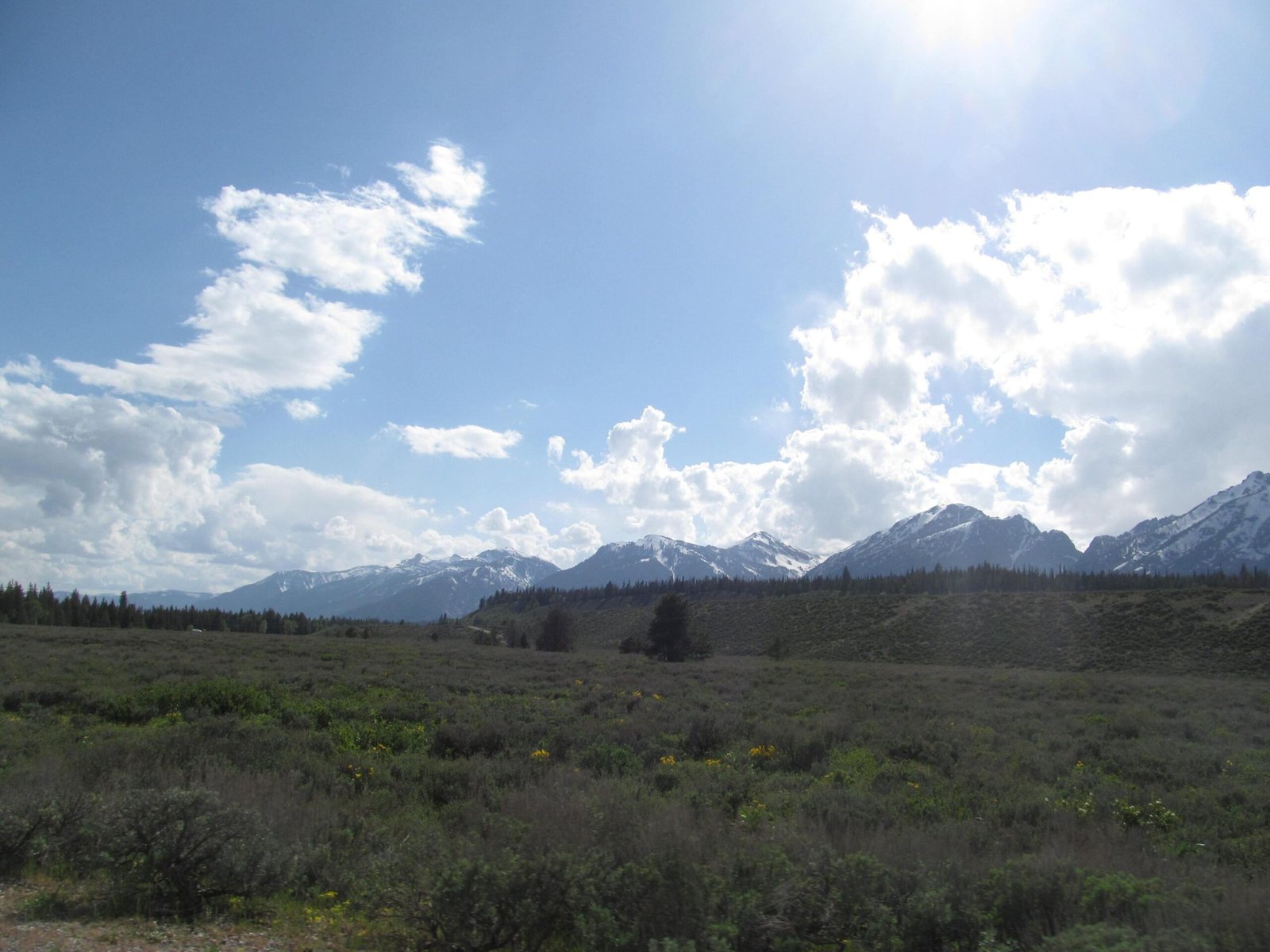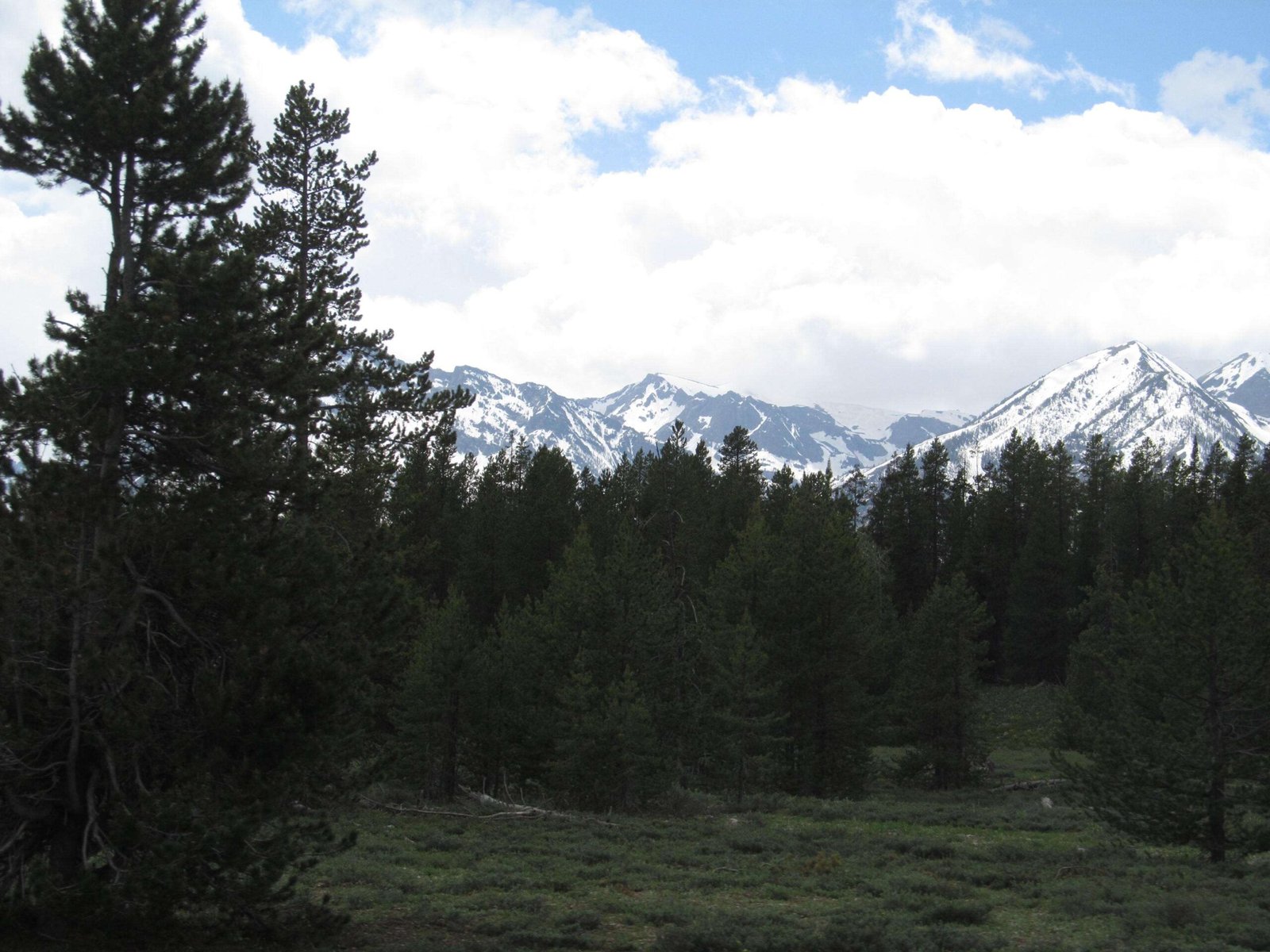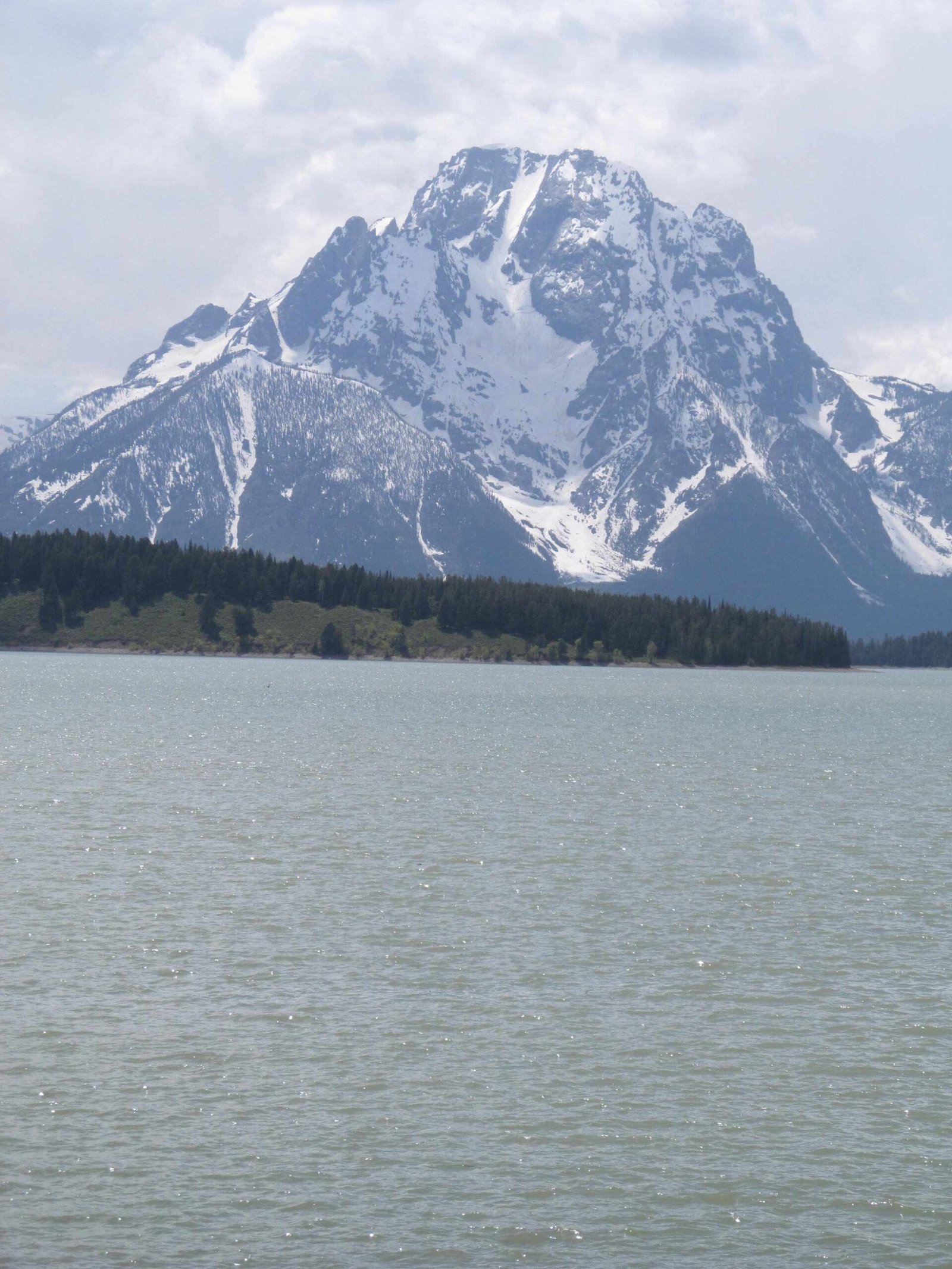On a seemingly ordinary Sunday in May 2024, a 35-year-old Massachusetts hiker named Shayne Patrick experienced a terrifying encounter with two grizzly bears near Signal Mountain Summit Road in Grand Teton National Park. Despite carrying bear spray and attempting to use defensive techniques, Patrick was viciously attacked, sustaining multiple injuries that would test his survival skills and resilience in one of America’s most challenging wilderness environments.
What Happened During the Grizzly Bear Attack?

Unexpected Wilderness Encounter
Shayne Patrick was hiking off-trail in a densely forested area when he unexpectedly encountered a female grizzly bear accompanied by at least one older cub. The situation quickly escalated from a potential wildlife sighting to a life-threatening confrontation.
Immediate Response and Survival Tactics
- Bear Spray Attempt: Patrick tried to deploy his bear spray
- Defensive Posture: Fell to the ground to play dead
- Injury Management: Improvised tourniquets after being attacked
How Severe Were the Injuries?

Patrick suffered significant trauma, including:
– Puncture wounds on hand
– Leg injuries
– Upper back lacerations
– Slashes on right shoulder
– Multiple physical impacts from bear’s assault
Medical Response
| Injury Type | Treatment Approach |
|---|---|
| Puncture Wounds | Immediate medical cleaning |
| Lacerations | Surgical assessment |
| Trauma | Airlifted to St. John’s Hospital |
What Can Hikers Learn from This Encounter?
Critical Bear Safety Recommendations
- Always Carry Bear Spray
- Keep it easily accessible
- Know how to use it quickly
-
Check expiration and functionality regularly
-
Make Noise While Hiking
- Use verbal sounds
- Wear bells
-
Travel in groups of three or more
-
Understand Bear Behavior
- Recognize warning signs
- Know difference between defensive and predatory attacks
- Learn proper response techniques
Why Do Grizzly Bear Attacks Occur?
Territorial and Protective Instincts
Grizzly bears, especially females with cubs, are extremely protective of their territory and offspring. Unexpected human encounters can trigger defensive responses, leading to potential attacks.
Environmental Factors
- Habitat encroachment
- Food scarcity
- Breeding season dynamics
- Human unpredictability in wilderness areas
What Are the Survival Rates?
Statistical Insights
- Grizzly attacks in Grand Teton are rare
- Most encounters do not result in human fatalities
- Proper preparation significantly reduces risk
Recommended Emergency Protocols
Immediate Actions
- Remain calm
- Use bear spray if possible
- Play dead during defensive attacks
- Protect head and neck
- Seek medical attention immediately
Conclusion
Shayne Patrick’s survival demonstrates remarkable human resilience and the importance of wilderness preparedness. His experience serves as a critical reminder that while bear attacks are uncommon, understanding wildlife safety is paramount for outdoor enthusiasts.
Quick Safety Checklist
- ✓ Carry bear spray
- ✓ Make noise while hiking
- ✓ Travel in groups
- ✓ Stay alert and aware
Reference:
– Buckrail News Report
– The Trek Wildlife Article
– WCVB Massachusetts Coverage

